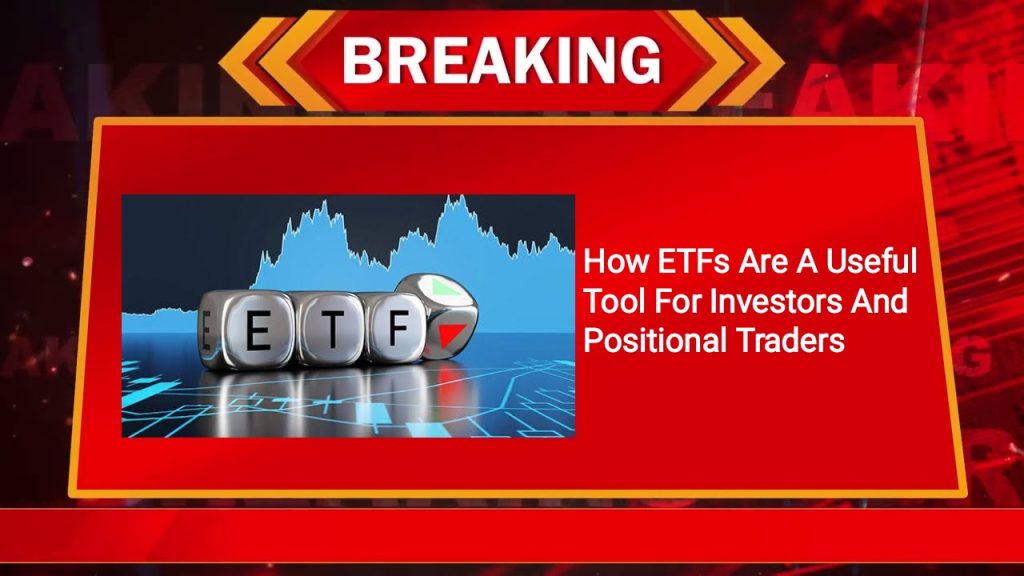In India, exchange-traded funds, or ETFs, are becoming more popular. As of July 30, 2024, the assets under management (AUM) in exchange-traded funds (ETFs) had increased to Rs 8.11 trillion from Rs 1.88 trillion on February 29, 2020. Individual investor participation is also increasing, even though many readers will soon point out that this jump in AUM is the result of consistent contributions made by institutional investors like Employees’ Provident Fund Organization (EPFO). ETFs are becoming more and more popular as a means of investing in asset classes due to a number of variables.
Anticipating To Draw A Larger Investment Base
To put it simply, ETFs are mutual fund schemes that provide exposure to a variety of asset classes, including fixed income, stocks, and gold. More investors are choosing to open demat and online trading accounts in order to engage in the financial markets as a result of rising digital penetration in recent years. As a result, more people are accepting ETFs. Mutual fund companies have also seen that investor sentiment is changing, particularly among younger millennials and members of Generation Z. Fund houses were meticulous in assembling their ETF holdings. Investor awareness of exchange-traded funds (ETFs) has increased thanks to the efforts of specialized professional teams within asset management businesses.
Compared to ETFs following conventional market-cap based indices, the introduction of sectoral or themed ETFs is anticipated to draw a larger investment base. The Mirae Asset Nifty EV & New era Automotive ETF, for instance, provides a portfolio of equities that could profit from the new era and electric car movements. ETFs are not just for emerging markets. Additionally, some of the traditional economy’s sectors are represented by recently introduced ETFs. The ICICI Pru Nifty Metal ETF and ICICI Pru Nifty Oil & Gas ETF were recently introduced by ICICI Prudential AMC.
ETFs Can Save Expenses
The introduction of exchange-traded funds (ETFs) that track sectoral and theme indices as well as standard market-cap-based indexes has not satisfied mutual fund firms. They are launching multi-factor index-tracking ETFs now in addition to single-factor index-tracking ETFs. The Mirae Asset Nifty MidSmallcap400 Momentum Quality 100 ETF, for instance, was just introduced. ETF growth has been aided by the regulatory environment.
It is anticipated that if ETFs develop further, they will meet the demands of a larger range of investors and take up a larger portion of household savings. Investors should use equity ETFs to construct a core equity portfolio while taking these developments into account. The modest ticket size of ETFs is one of their main advantages; it enables individual investors to progressively buy units of the funds during drops in order to finance their long-term objectives. Among these sectoral ETFs some can be used by traders to start positional long positions. ETFs are a good option for those looking to diversify their holdings. ETFs can save expenses while assisting in portfolio risk reduction. Investing in exchange-traded funds (ETFs) provides a structured way to build wealth over time.

